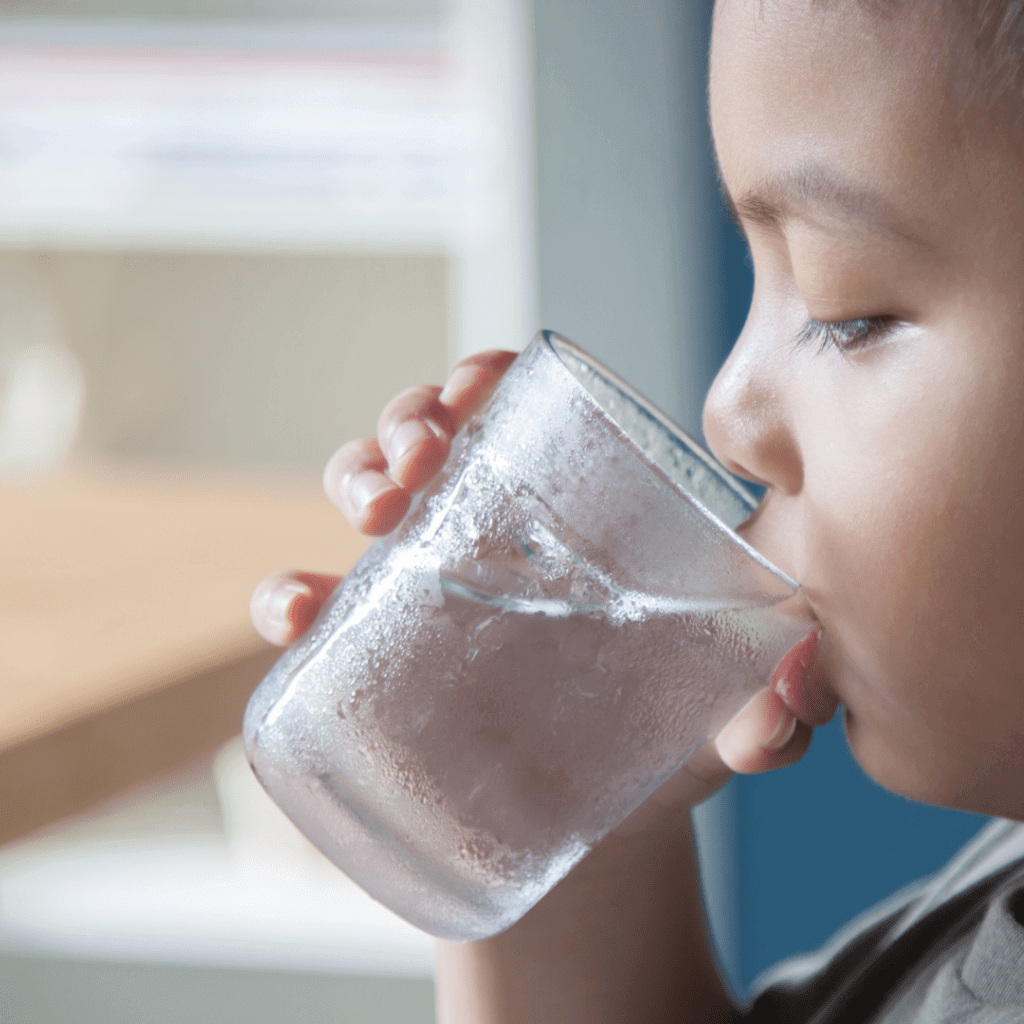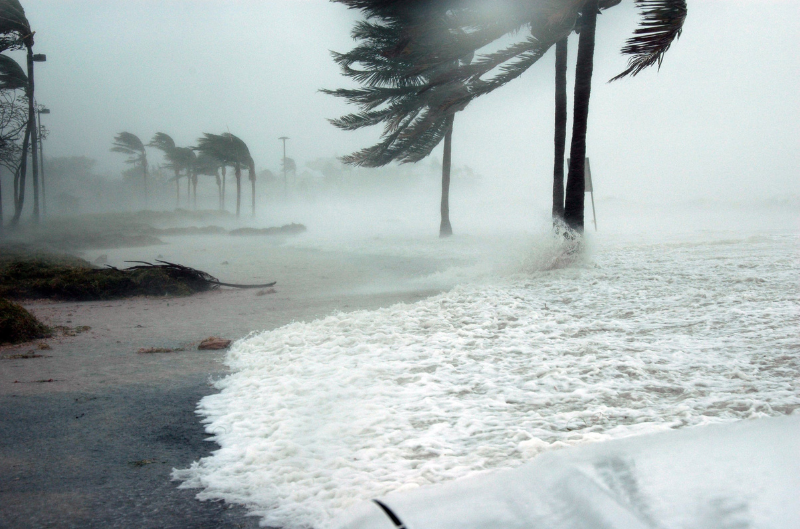
Current federal actions threaten drinking water across the country, including: rollbacks on pollution-reduction regulations; efforts to reduce which waterways can be protected from pollution; weakening of lead service line replacement timeline requirements; failure to lower the lead in drinking water standard; and the lack of drinking water standards for toxic per- and polyfluoroalkyl substances (PFAS). Thankfully, some states are taking decisive action to protect the health of their residents.
Minnesota is one of only a few states that develops its own drinking water guidance. State law specifies that the guidance must adequately protect the health of infants and children. To this end, the Minnesota Department of Health (MDH) develops guidance that considers “windows of sensitivity” to toxicants as well as periods of high exposures. Other ways MDH is unique in how it creates water standards to protect infants and children include using placental transfer and transfer through formula-feeding and breastmilk as a factor in their PFAS health-based guidance.







© Children’s Environmental Health Network, 2025